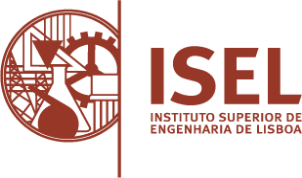Intended learning outcomes
- Be able to construct models applied to solving concrete problems;
- From a mathematical model, to be able to build a computational implementation in an appropriate language and from this to carry out efficient simulations;
- Be able to understand the vulnerabilities of the model and correct their inadequacies, to criticize the solutions found and realize how they can be improved;
- Understand the distinction between Bayesian inference and classical inference and apply the first to prediction and classification problems;
- To be able to construct graphical models in order to characterize the structure of dependencies of a problem and, from these, to produce simulations;
- Be able to understand the functioning of a neural network and its learning algorithms;
- Distinguish the various types of neural networks and their characteristic features;
- Be able to follow generically the technological advances in this area and realize the new challenges posed.

